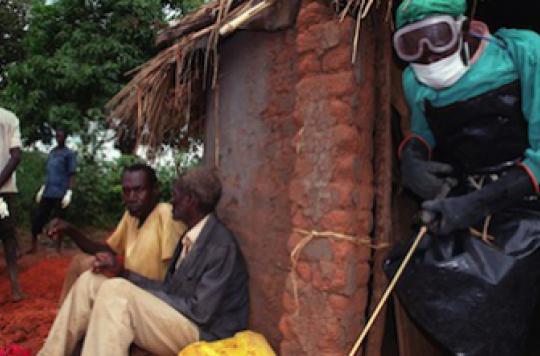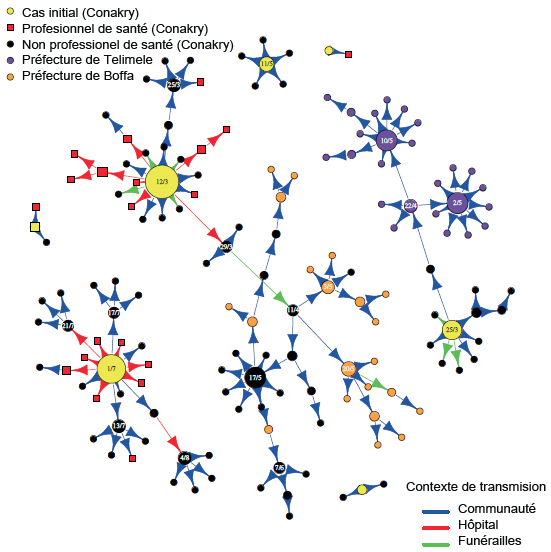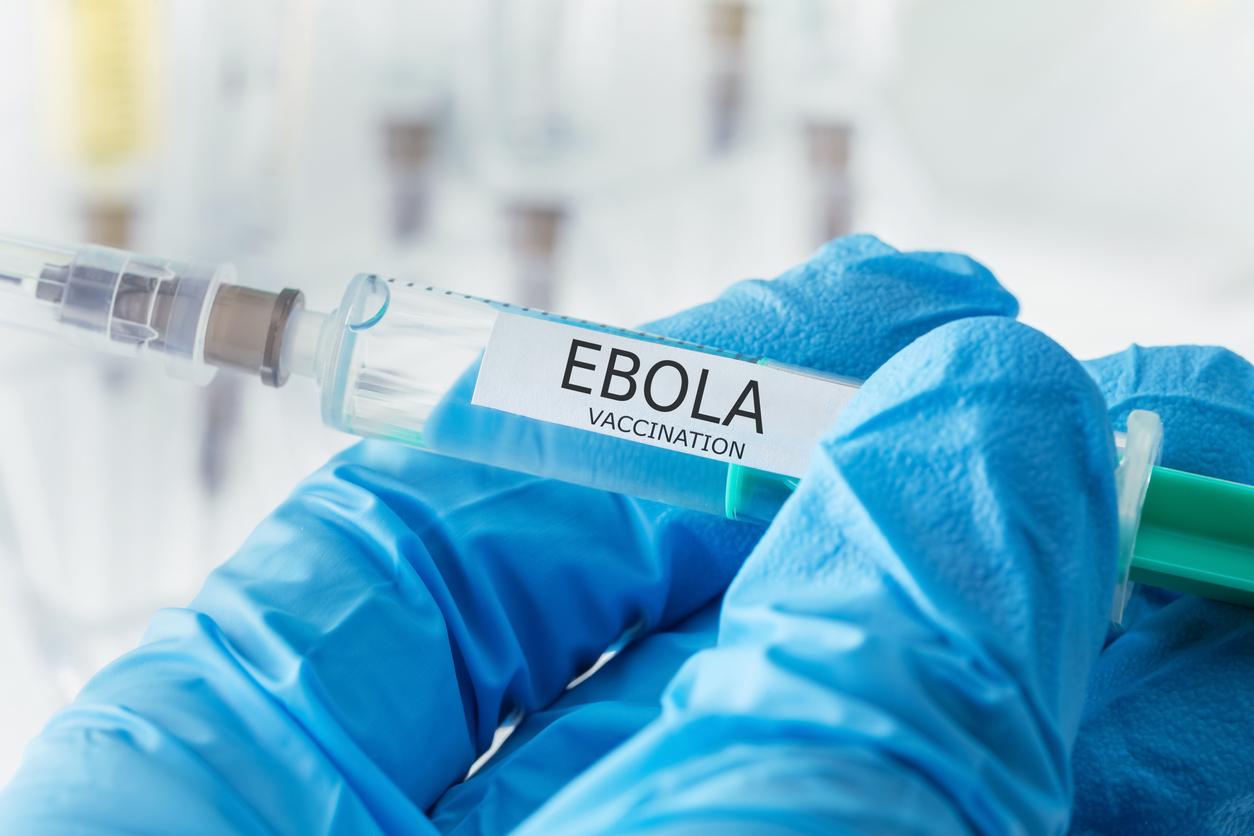Researchers from the Pasteur Institute have succeeded in reconstructing the chains of transmission of the Ebola virus and their context, within the Guinean capital. The control measures were effective.

The number of new Ebola cases continues to decrease in West Africa, according to the latest report from the World Health Organization (WHO). States now have “sufficient” resources to deal with the epidemic. But before setting up these means of fight, the researchers had to establish the chains of transmission of the virus. A bet won by Parisian and Dakar researchers from the Institut Pasteur.
The benefit of securing funerals
In a press release published this Friday, they explain that in order to “better understand and characterize the transmission of Ebola in order to be able to improve control strategies”, they have reconstructed the chains of transmission of the virus as well as their context in the Guinean capital, from February to August 2014.
This survey work, carried out with patients, their families and their neighbors, made it possible to measure the transmission of Ebola between individuals in different contexts and at different times during the epidemic.
Thus, in March 2013, transmissions at funerals represented 15%, and those at the hospital 35% of all transmissions. These proportions then fell to 4% and 9% respectively from April, when a secure funeral was set up and a treatment center was opened. Proof that preventive measures to fight against contagion have been effective.

In addition, the researchers also established that hospitalized patients infected on average “half as many people in the community as others. These data therefore show that the majority of transmissions were made in the family or the community and that the strengthening of control and isolation measures for patients made it possible to slow down the epidemic in Conakry.
The only downside mentioned by scientists: these measures were insufficient to completely stop the epidemic. They were thus able to observe three epidemic peaks from February to August: the first (February 24) is due to the introduction in Conakry of a case from another city in central Guinea (Dabola), the second ( March 24) to cases not reported by their families, and the third (June 30) to an introduction of a case from Sierra Leone.
Last conclusion of the authors, the investigations coupled with the analysis of the biological samples reveal that the higher the viremia (rate of viral particles present in the blood) is high in a patient, the more the number of people whom it risks to contaminate is important. This aggravating contagion risk factor and others meant that the chains of transmission initiated in Conakry were also exported to other territories in Guinea, concludes the Institut Pasteur team.
.















